For the past two weeks, Nathaly Villareal, who is from Venezuela, has been staying at Casa Tochan, a shelter for migrants in Mexico City.
After she’s done with her daily chores, she gets on her phone and logs onto CBP One, an app by the US government that schedules appointments at border posts for those trying to seek asylum in the United States.
But getting an appointment is far from guaranteed. Only 1,000 spots are granted each day.
“This is like winning the lottery.”
“This is like winning the lottery,” Villareal said as she tapped on a blue button. “I know some people who have been logging in for two months and haven’t had any luck, while others try for a week, and they get it.”
A month ago, migrants from many countries could cross the US border on foot and turn themselves in to officials to begin asylum proceedings.
But that changed on May 12, when the US rolled out new procedures for asylum seekers.
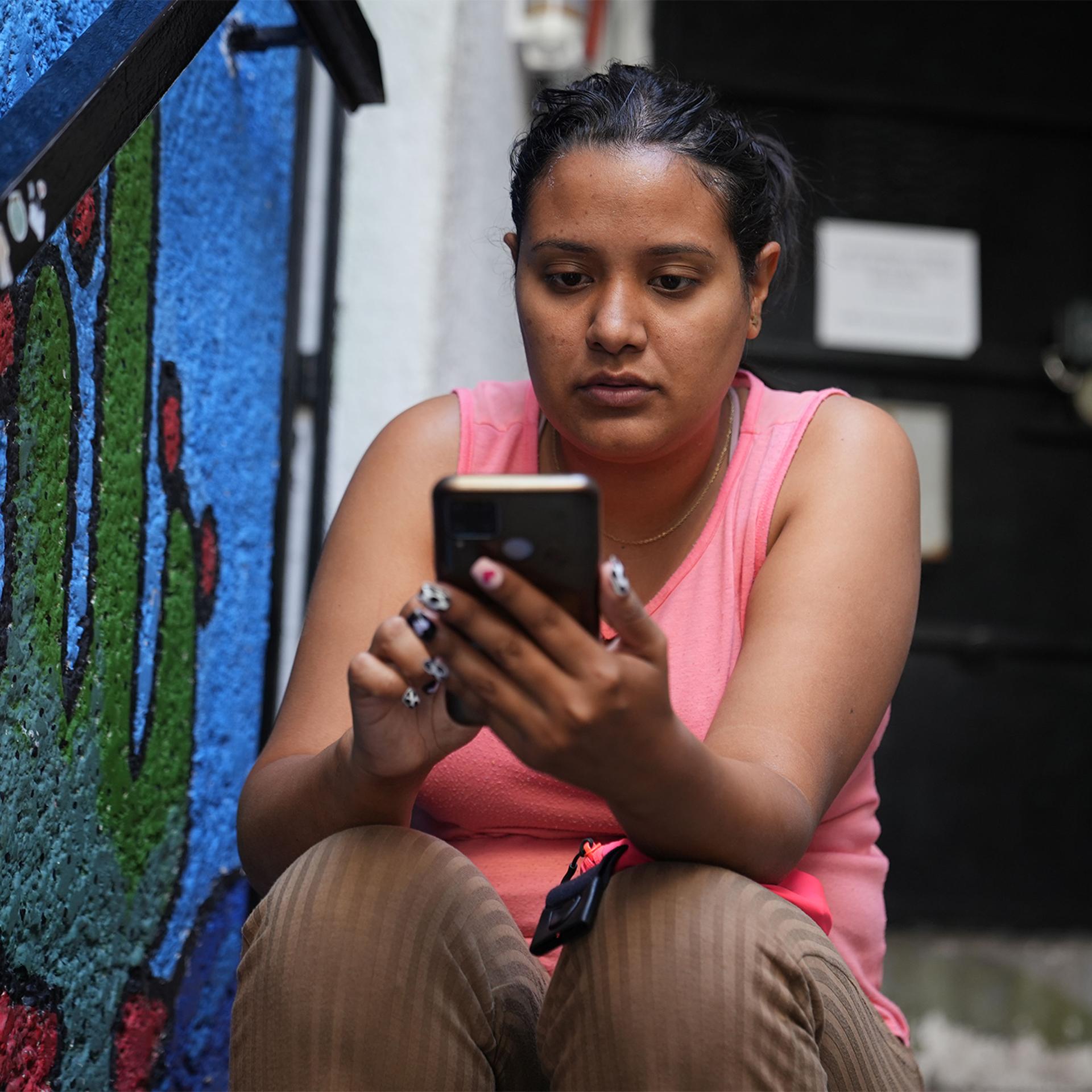
Because of these obstacles, migrants like Villareal are playing it safe by applying for appointments online.
“The border area is full and it’s dangerous,” Villareal said. “So, we are applying for the appointment in Mexico City, and will stay here until we can get it.”
The new policies for asylum seekers have reduced encounters with migrants who cross the border illegally to about 50% of the number of daily encounters in April, according to data published by the US Department of Homeland Security.
But these regulations have also put pressure on shelters within Mexico. Even shelters far from the border are struggling to accommodate the growing number of stranded migrants.
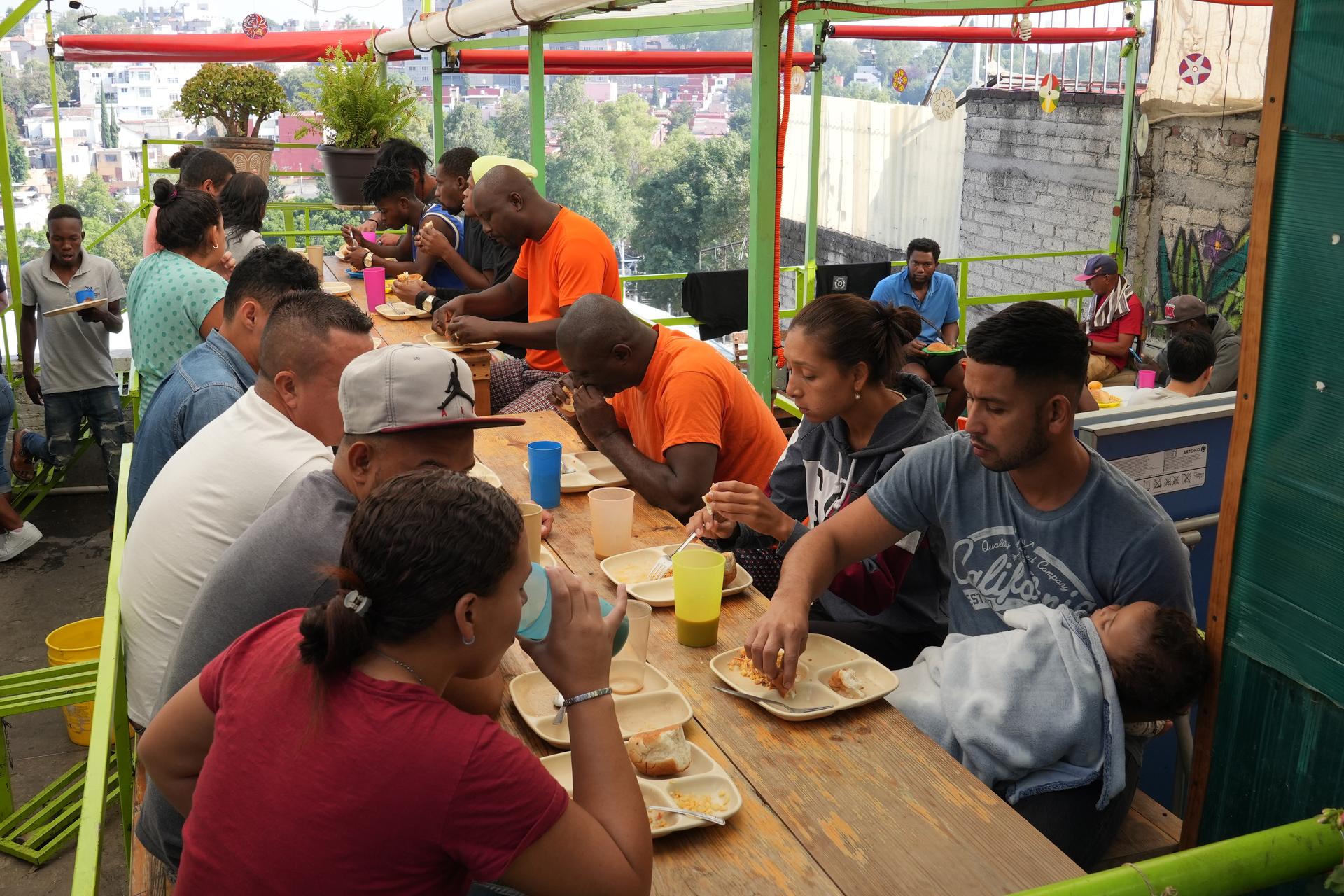
Crowded shelters
Casa Tochan, which has 45 beds, is now hosting 75 people, and has rented a nearby apartment to accommodate women with children.
Meanwhile, in the north of the city, 500 migrants are staying at the CAFEMIN shelter, even though it’s designed to house only 80 people.
Most people sleep on the floor on top of gym mats that have been laid out on the shelter’s basketball court. Mario Monroy, the shelter’s outreach coordinator, said that the shelter must limit the number of days that people can stay, and has had to turn others away.
“It’s very hard,” he said. “The team here is maybe 22 to 25 staff. And we don’t have the time, don’t have the energy, the food.”
Monroy said the situation has been critical since last October, when the US started to return thousands of Venezuelan migrants to Mexico, and Mexican immigration officials left hundreds of people at the shelter’s doorstep.
Now, with many migrants waiting in Mexico for appointments at border posts, he said the shelter has had to make changes.
“We’ve had to install new bathrooms and set up water tanks,” he explained. “It’s a complicated situation.”
Seeking alternatives
Some migrants said they’ve given up on going to the US because of the new policies.
In the upscale Mexico City neighborhood of Roma, amid craft beer bars and trendy cafés that cater to digital nomads, a camp was recently set up by hundreds of Haitians in a local park.
They wanted to sleep near a government office that processes asylum requests for people wanting to stay in Mexico.
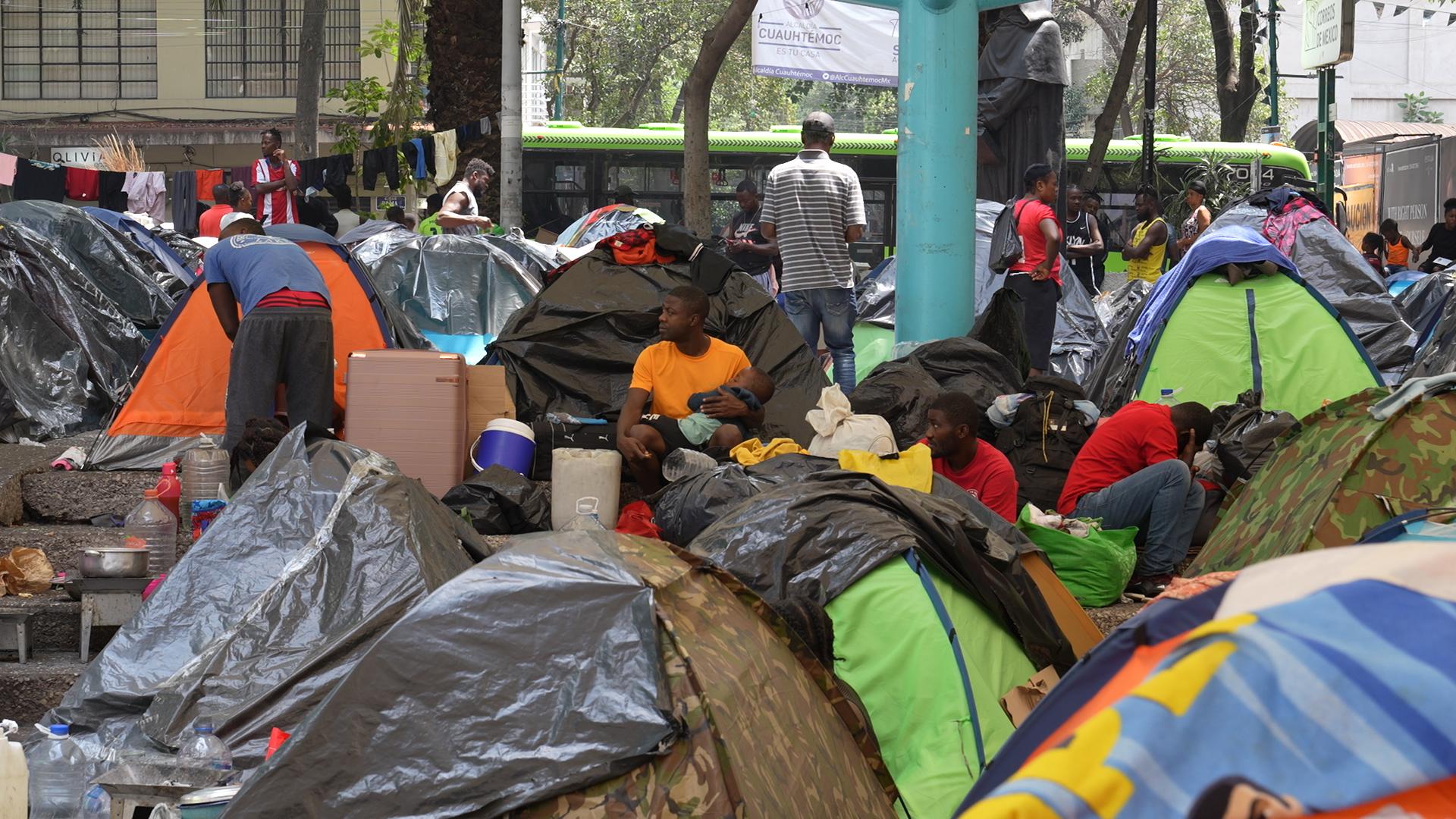
Leonci Fendi, a 31-year-old farm worker staying in one of the tents, said he had been living in Chile for several years, but had to leave due to stricter immigration laws there.
“If there is a chance to work in Mexico, I’m fine with staying here,” he said. “I just want to have a permit so that I can bring my family.”
But the camp in Roma was recently dismantled by Mexican immigration officials who had contractors shovel up and discard everything the migrants couldn’t take with them.
The migrants were then taken to a government-run shelter that was opened on the city’s outskirts, where it’s impossible for them to find work.
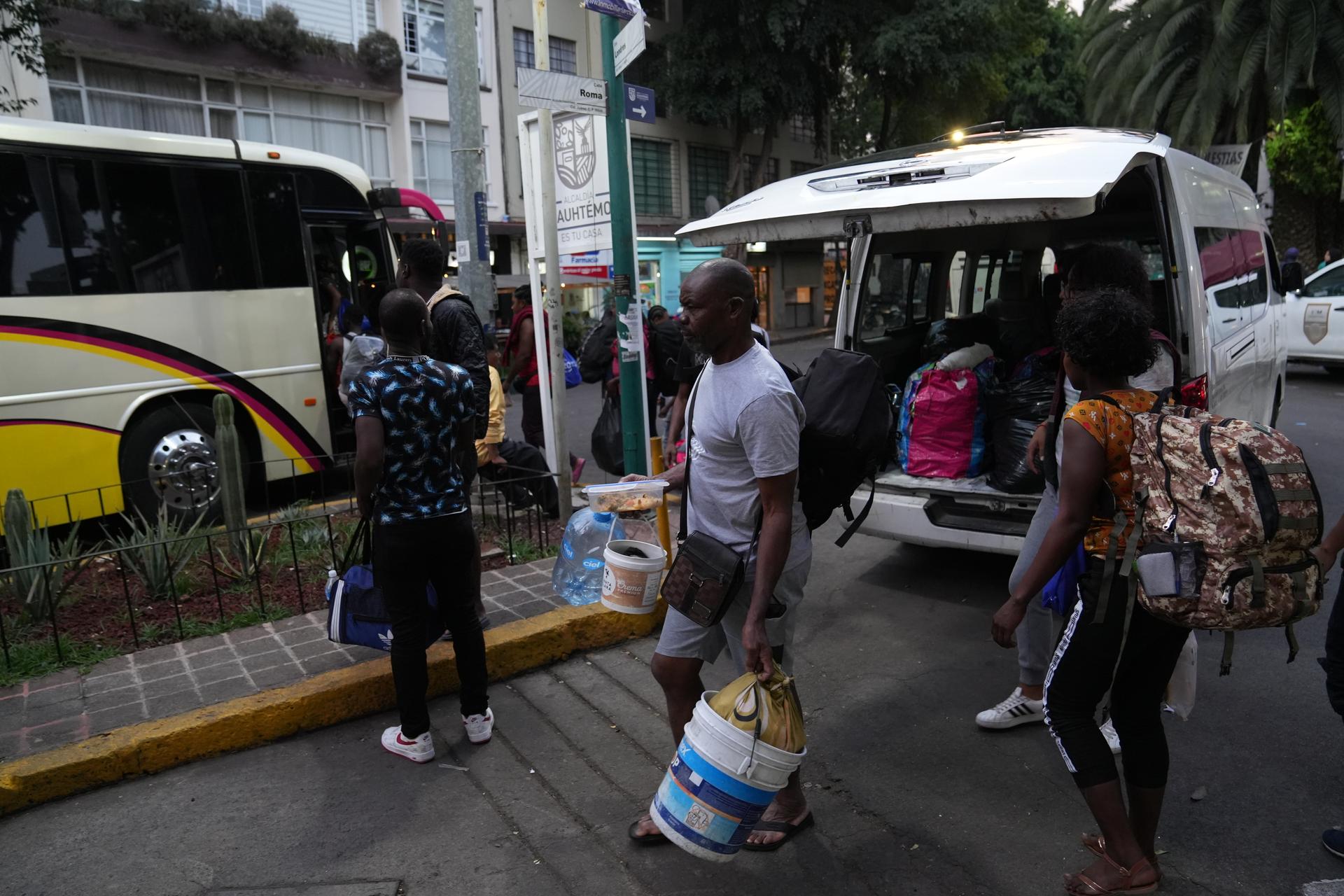
Human rights groups have urged the municipal government to open more practical shelters with better services.
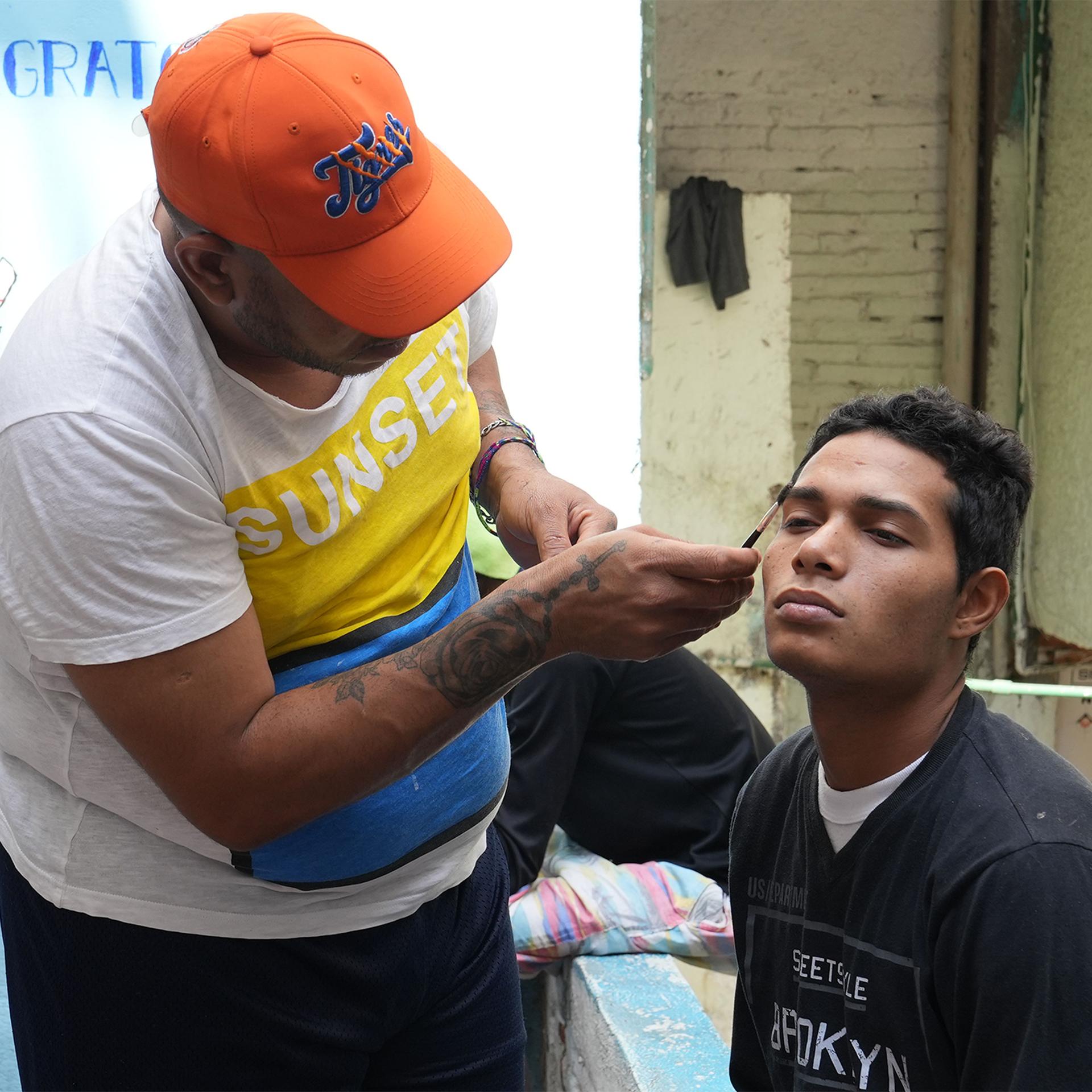
At Hernandez’s shelter, migrants are offered support from a psychologist and provided with orientation outlining the steps they need to take to get work permits in Mexico.
Still, many at the shelter said they will push to go to the United States. They log onto the CBP One app every morning in hopes of securing one of the scarce border appointments.
“We need to be patient,” Venezuelan migrant Gabriela Lendo said. “We’ve been through a lot to give up on this now.”
Related: Migrants stranded in Mexico rush to cross the US border before Title 42 ends
